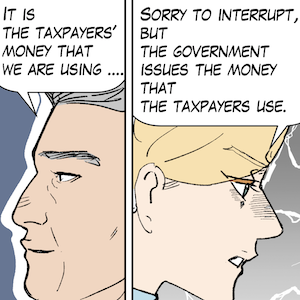I have done quite a number of podcast interviews with various hosts over the last few weeks and the discussions often turn to issues relating to the environment and what Modern Monetary Theory (MMT) has to say about those issues. Inevitably, the discussions then meandered into debates about what is possible given that we humans are estimated to be using 1.7 times the regenerative capacity of our biosphere at present. At some unknown point, but sometime, that overuse will have to come to an end as the biosphere asserts its capacity constraints in one way or another. The question that seems to interest people now is whether the existing mode of production (Capitalism) is at all compatible with reducing that ratio. My answer is always the same. Those progressives who promote the notion of ‘green growth’, which is embedded in ‘green new deal’ proposals or their ilk, seem to think that we can make the shift away from fossil fuels and reduce the claim on the biosphere within a growth paradigm while retaining the Capitalist ownership relations. For me, a system where the logic is ever accumulation of capital via the creation and expropriation of surplus value and realisation of that value as profit, is incompatible with being able to live within the limits imposed by the biosphere. If we are to have any long-term future as a race, then we will have to embrace a degrowth strategy and radically alter the way we allocate resources and our patterns of production and consumption. In a sense, Marx’s long discredited notion of the – Tendency of the rate of profit to fall – as an intrinsic feature of Capitalism, which he believed would eventually bring the system asunder, is likely to be realised as the environmental constraints impinge on the accumulation system. Simply put, the logic of Capitalism requires growth and degrowth is the anathema of that logic.
